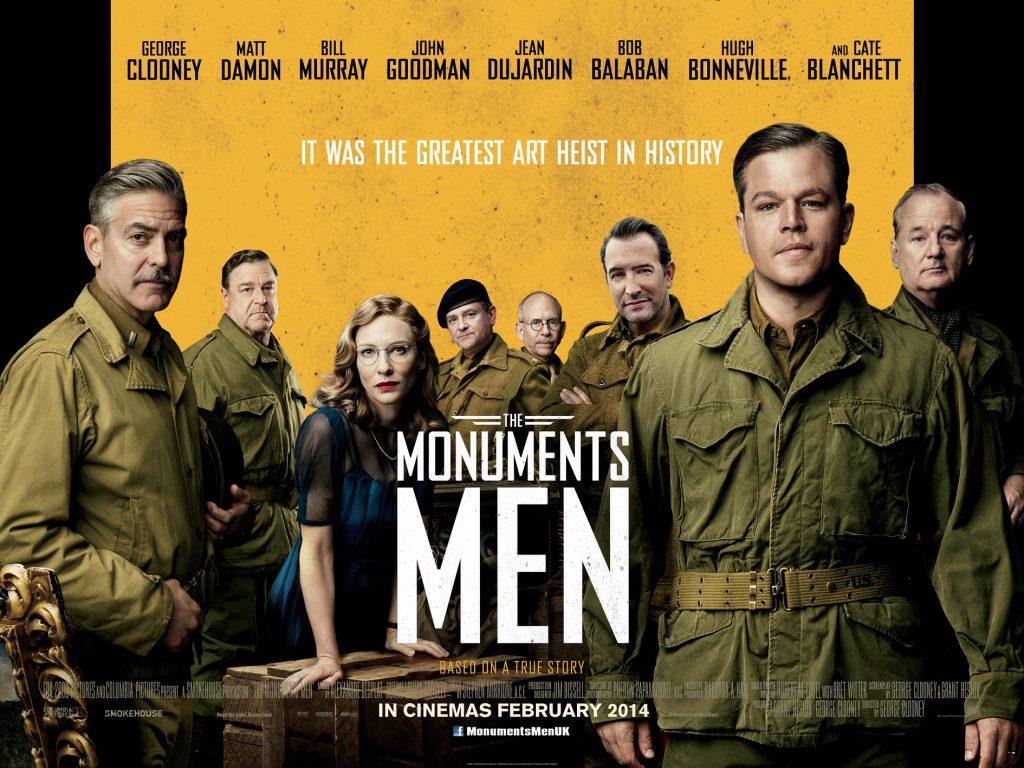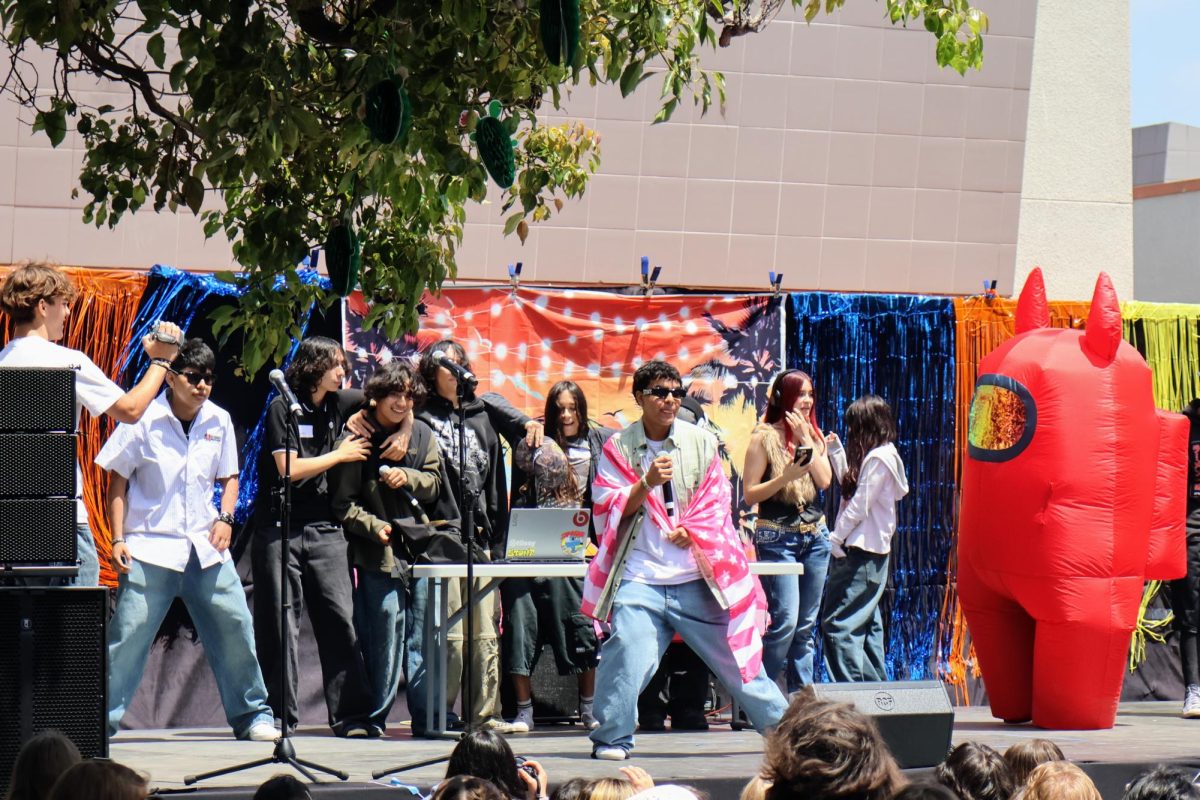
It is well known that Hitler was, to say the least, not a swell guy.
His many atrocious and despicable crimes against humanity are noted in countless books, films, articles, and essays. Lesser known, however, are his crimes against culture: the theft of millions of pieces of art and the destruction of thousands more he deemed “degenerate” during World War II. Thus was the American Monuments, Fine Arts, and Archives section of the Allied army, or MFAA, created for the seemingly impossible task of tracking down and returning this stolen art.
“The Monuments Men” follows these men across Western Europe as their paths converge and diverge again on their quest to track down the art. Led by the conservator Frank Stokes (George Clooney), the motley ensemble, including architect Richard Campbell (Bill Murray), sculptor Walter Garfield (John Goodman), and Museum of Modern Art curator James Granger (Matt Damon), follow the front line of fighting to reach the art before it could be destroyed.
As the tagline proudly proclaims, “It was the greatest art heist in history.”
However, this is very poorly portrayed in the movie itself.
The film claims to be based off of the book “The Monuments Men: Allied Heroes, Nazi Thieves, and the Greatest Treasure Hunt in History,” by Robert Edsel. However, it does a shockingly bad job of following the book it’s supposedly based off of. The only real parallel between the novel and the movie is that both incarnations of the Monuments Men were tasked with tracking down stolen art.
Moreover, the film tampers with everything, from the fates of the individual Monuments Men to their very names; it combines some men into a single character, incorrectly identifies when others actually joined the organization (and when the MFAA itself was created), and even kills off some who survived the war.
For example, a major blunder comes with the character Sam Epstein (Dimitri Leonidas.) The movie portrays him as being a Monuments Man from the very beginning, but his real-life counterpart Harry Ettlinger became a Monuments Man when he was pulled out of combat duty to be a translator at the Nuremburg Trials and then was promptly forgotten. He only joined the MFAA in May 1945 when picked up by George Stout (Clooney’s Frank Stokes in the movie).
A historian's verdict on #TheMonumentsMen: 'The film plays fast and loose with history + gives a confused notion' http://t.co/g5CRXJHW32
— HistoryExtra (@HistoryExtra) February 19, 2014
Taken as a movie in its own right, an entity completely separate from the book, “The Monuments Men” fares a bit better, though the tone is still surprisingly lighthearted and simplistic for dealing with the attempted destruction of an entire culture of human beings.
The tone of “The Monuments Men” can give the viewer emotional whiplash. It oscillates crazily between trivial humor and cliched narration about the utter righteousness of the men’s cause. What is perhaps most disappointing about the film is that it managed to take a small, unique story and turn it into yet another overly-patriotic, cut-and-dried, amazingly average World War II tale.
However, it does manage to provide a competent, though not very nuanced, overview of the national and international attitudes towards art preservation during wartime, something shown in great detail in Edsel’s book.
Damon, too, does a superior job portraying the duality of Granger’s character: his brash and overwhelming self-confidence, and determination to find justice, whatever the cost. However, the clear outlier in terms of utter mastery of character was Cate Blanchett as Claire Simone. Blanchett clearly conveys the utter strength of will and mental fortitude found in this Monuments Woman.
All in all, it is a suitable and perhaps even enjoyable film for the Clooney-Damon fans among us. However, the hardcore history buffs, expecting something more along the lines of a Ken Burns film which stays true to its source material, will inevitably be disappointed by the glitz and glam of this very, very Hollywood production.
In other words, if you’re looking for a great historical heist flick, go with “Argo.“












